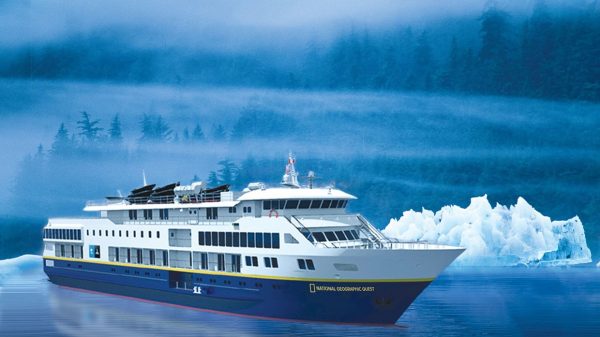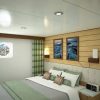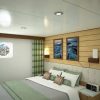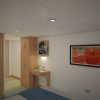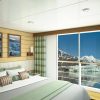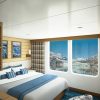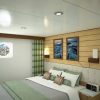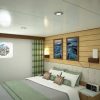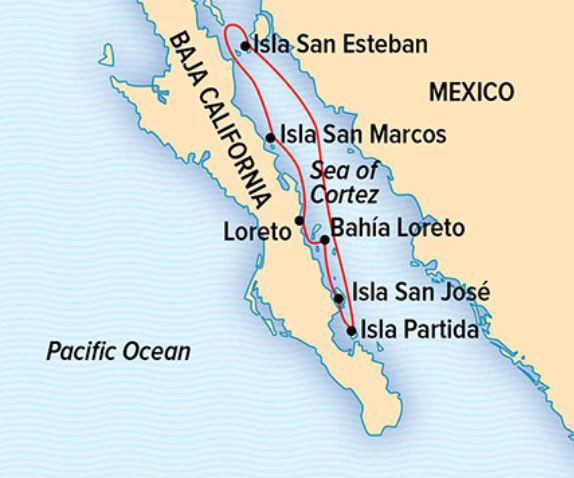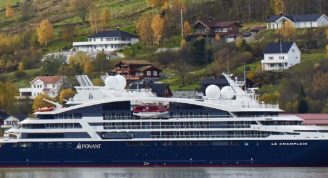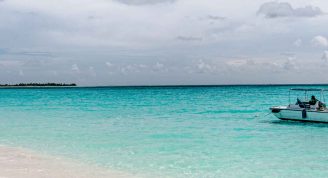Description
Designated by UNESCO as a marine world heritage site and dubbed by Jacques Cousteau, “the world’s aquarium,” the islands of the Sea of Cortez are places of legendary biodiversity. On our expedition of pure discovery, we sail through these islands that lie in close proximity to the Baja peninsula but have a palpable feel of rugged isolation. This geographic isolation is the major factor resulting in the long list of endemic plants and animals, many of which we may encounter.
The Sea of Cortez, itself, rich with nutrients brought to surface waters by the columnar upwellings from the depths, is host to an incredibly diverse population of marine mammals and seabirds.
And, we know where to find them. We rely on our 40 years of experience in the region and expert local knowledge of wildlife movements as we seek out encounters with the marine life of the gulf. Part of the joy of an expedition is standing on deck with binoculars in hand on the bow of our ship or from our expedition landing craft, watching for wildlife — often visible from some distance away. We watch for swirling groups of plunge-diving brown pelicans, blue-footed and brown boobies as elegant terns and Heermann’s gulls wheel overhead. It is this concentration of frenetic aerial activity that frequently alerts us to pods of dolphins. If we see them, we may postpone our scheduled hike for a bit so we can linger among them with our cameras at the ready capturing images from the ship.
While our encounters with the marine world are spectacular, over our long history of exploration, we have come to know the rich terrestrial biodiversity on the islands of the Sea of Cortez. Seen from offshore, the island landscape appears as a uniform brown in color, rugged and rocky. As we approach land in our Zodiacs into the intertidal zone and step ashore, within minutes we come to know the color and variety of life inhabiting these islands. We observe the big and the small of the desert world, from the cardon cacti to the tiny Costa’s hummingbirds, from the endemic San Esteban chuckwalla to the giant barrel cactus. Here, you’ll be able to hike through the deserts and canyons, joining whichever naturalist you choose (there are no assigned groups). You’ll also have the option to kayak the fertile shoreline. In addition, there are opportunities to take Zodiacs along the shore to observe and capture images of magnificent frigatebirds as well as the elegant red-billed tropicbirds, trailing long streamer tail feathers in their wake.
A focused but flexible itinerary designed to follow the wildlife
We have designed this expedition to be a focused exploration of the region which allows for much more than a surface-level experience. This is truly an expedition designed to immerse us into the natural history of the Sea of Cortez and its islands. And, the built-in flexibility of the voyage allows us the freedom to explore some of the 44 major islands, and to optimize sightings of the marine and terrestrial wildlife.
Travel in excellent company
And, you will travel with exceptional expedition staff who are on hand to share their vast knowledge of the area as we explore under the sure guidance of an expedition leader, six veteran naturalists, including two National Geographic certified photo instructors and an undersea specialist, plus a wellness specialist. Their knowledge and passion for Baja California is the key to your once-in-a-lifetime experience.


